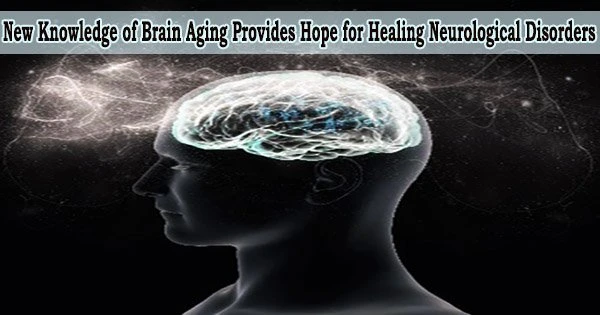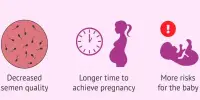Neurological diseases are disorders that affect the brain, spinal cord, and other parts of the nervous system. These diseases can cause a wide range of symptoms, including movement disorders, cognitive impairment, and sensory changes. There are many different types of neurological diseases, each with their own specific causes, symptoms, and treatments.
Researchers from the Trinity Biomedical Sciences Institute (TBSI) have provided new insight into how the brain ages. They have discovered a potential new target for medicines meant to treat age-related neurological diseases by for the first time connecting the increased presence of specialized immune cells to ailments like Alzheimer’s disease and traumatic brain damage.
The study, which examined microglia in the brain and spinal cord and benefited from cooperation with specialists from the University of Maryland School of Medicine, was published today in a prestigious international magazine called Science Advances.
The function of microglia, a particular type of immune cell, is to protect against foreign germs, sustain brain cells, remove waste, and engulf and consume dying nerve cells. According to recent studies, the molecular and biochemical alterations taking place inside of these specialized cells can cause microglia to respond functionally in a variety of ways.
Increasing evidence now suggests that the accumulation of autofluorescent microglia contributes to diseases of ageing and neurodegeneration. If these sub-populations of microglia are highly inflammatory and damaging to the brain, then targeting them could be a new strategy for treating aging-related diseases.
Professor David Loane
In actuality, an attribute known as autofluorescence can be used to differentiate different subtypes of microglia. Because certain molecules within the cells absorb light, cells have a tendency to emit light of one color after absorbing light of another. Metals, misfolded proteins, crystallized cholesterol, lipid molecules, and other things are kept in specialized cellular compartments.
David Loane, Assistant Professor of Neuroscience in Trinity’s School of Biochemistry and Immunology in TBSI is the lead author of the research. He said:
“As the brain ages, these materials build up inside autofluorescent microglia, which increase their autofluorescence as a result. Unfortunately, this accumulation of cellular debris also makes it harder for the microglia to perform their essential garbage collection tasks in the brain and to prevent neurological injury and neurodegenerative disease.”
“In this study we found in aged animals that these microglia adopt a unique, dysfunctional state, which has a number of problematic impacts. For example, there is an increase in cellular stress and damage, an accumulation of fats and iron, alterations to metabolic processes and an increase in production of molecules that over-egg the immune response.”
Additionally, the researchers showed that autofluorescent microglia and related inflammation were more pronounced in pathological settings, such as in models of Alzheimer’s disease caused by genetic risk factors, and that they could be effectively reversed in old animals by drug-assisted microglial replacement.
Prof Loane added: “Furthermore, environmental exposure to acute traumatic brain injury in animals accelerated the age of onset and tissue-wide distribution autofluorescent microglia by increasing oxidative stress damage in the brain of injured animals.”
“As a result, increasing evidence now suggests that the accumulation of autofluorescent microglia contributes to diseases of ageing and neurodegeneration. If these sub-populations of microglia are highly inflammatory and damaging to the brain, then targeting them could be a new strategy for treating aging-related diseases.”















